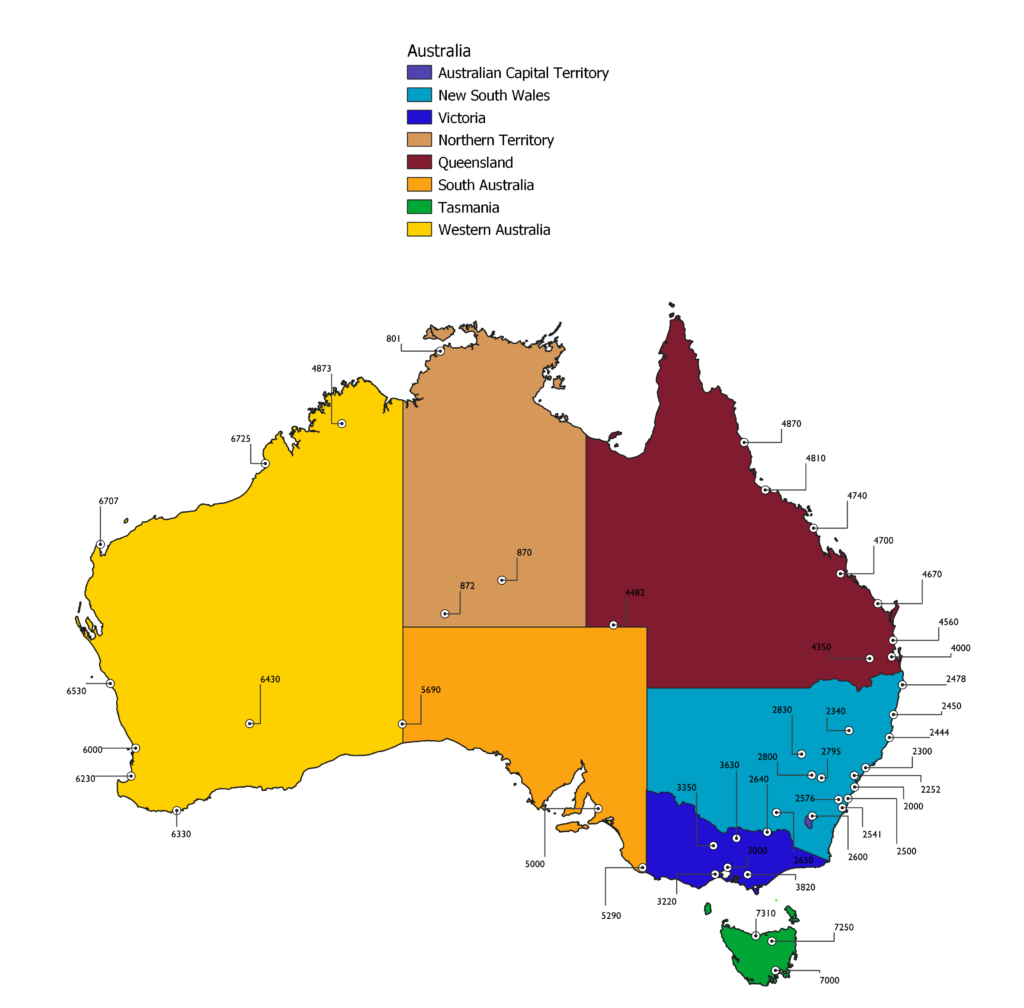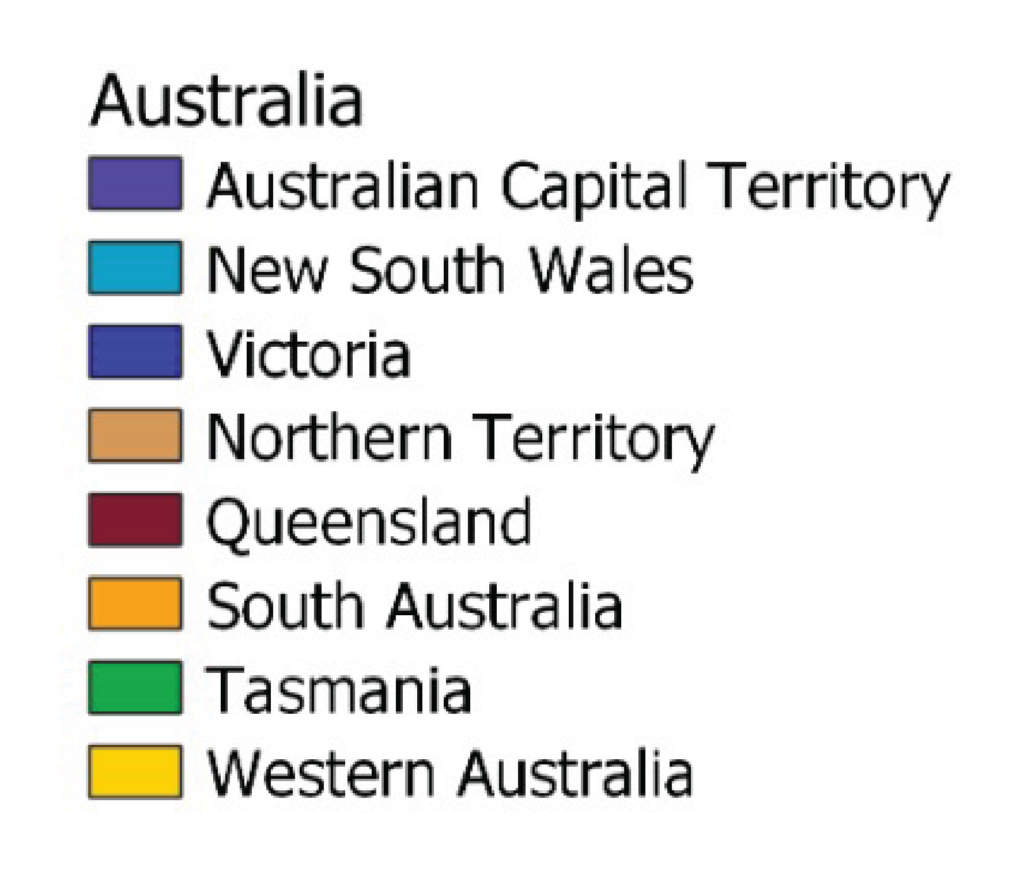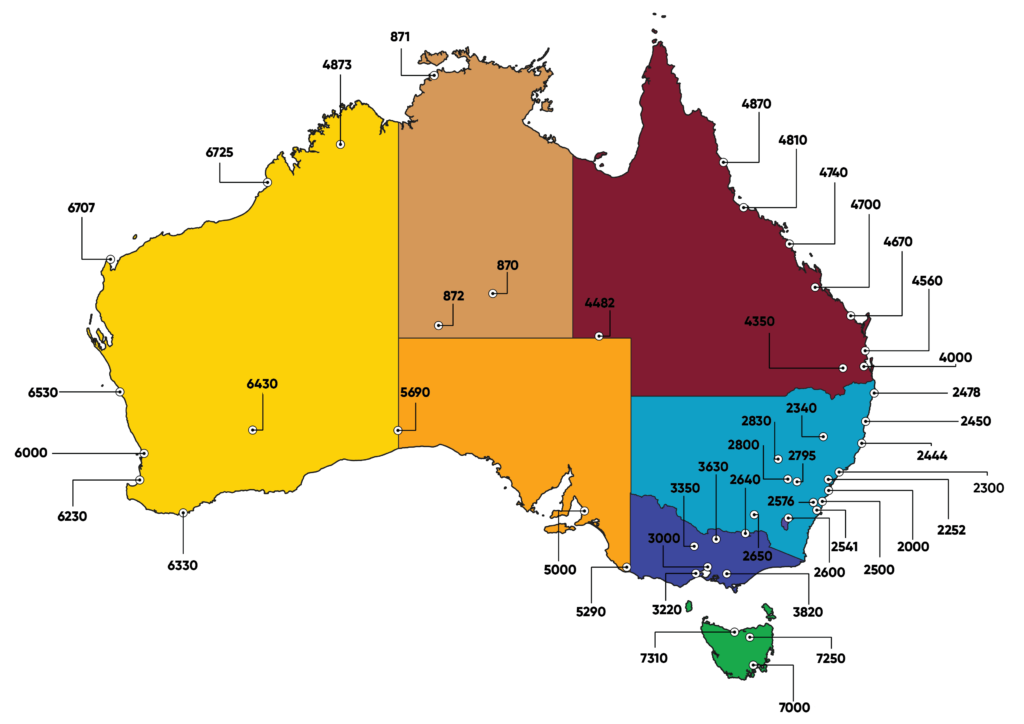Dendrology is the scientific study of trees, particularly focused on the identification, classification, taxonomy, and ecology of different tree species. Timber is a timeless resource in human development; it’s custody in the way in which we harvest is more important than ever.
We independently survey and record the health of trees prior to procurement as well as the condition of trees that are not felled as part of back stopping and the influence of felled trees have on those that remain.
We also assist with newly planted forestry and periodic tree surveys to ensure trees that are replaced are healthy and receiving the correct management as renewable resource.

Dendrochronology is a scientific discipline that studies tree ring patterns to establish precise chronological sequences of past events, including environmental and climatic changes. It uses the annual growth rings found in trees to date historical and archaeological findings and infer information about past environments.
We use this information through analysis to investigate construction timbers which have experienced defects or that have been processed and intended for building use ensuring the specification and quality assurances are adhered to.
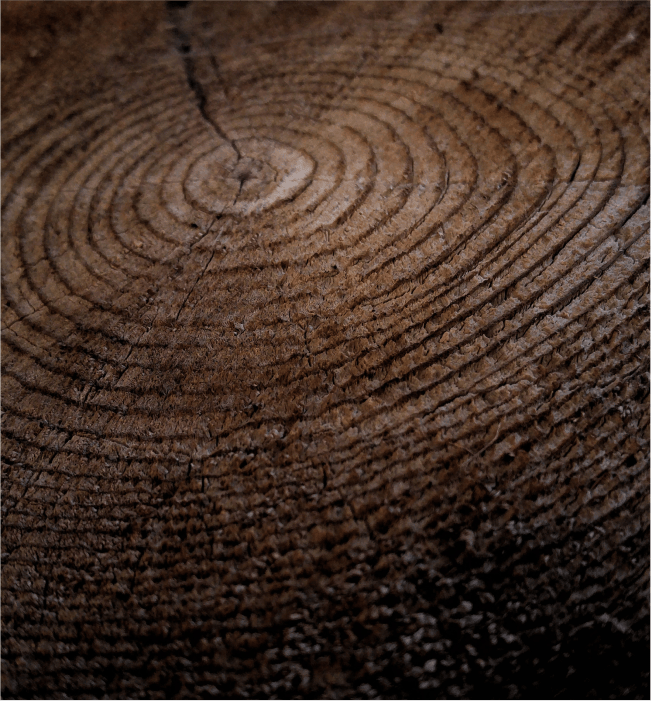
Lichenology is the scientific study of lichens, which are unique and symbiotic organisms composed of a mutualistic relationship between fungi and photosynthetic algae or cyanobacteria. Lichenologists investigate various aspects of lichen biology, taxonomy, ecology, and their roles in different ecosystems.
We use lichens to help profile historic projects, this can be from a chronological aspect or a material and weathering characteristics.
We categorise species explaining their benefits and effects to different material substrates. This assists with façade material selection for new builds but especially useful for heritage or refurbishment design. We can specify their removal but also encourage their growth for ecological diversity

With initiatives such as Biodiversity Net Gain (BNG) becoming mandatory in the U.K from the 12th of February 2024, developers are obligated to evidence ways in which construction can contribute positively to improving habitats.
Facades offer opportunity to integrate ecology into the vertical fabric of buildings. Living Walls or Green Walls are façade systems that are designed to support flora and fauna, whilst providing other properties such as fabric cooling through shading, acoustic attenuation and the obvious aesthetic appeal.
Ecology applied to structures can be traced back through the ages from Viking roof design through to the Hanging Gardens of Babylon. Systemised approaches can be attributed to pioneer Prof. Stanley Hart White from Illinois University. He patented ‘vegetation-Bearing Architectonic Structure and System’ in 1938. He described his system as “Botanical Bricks.”
Fortis provide full structural design and engineering, whilst accounting for cold bridging and validating the plant species selection in relation to the building envelope fabric in proximity to irrigation systems and dissimilar materiality, including soil PH and loads.
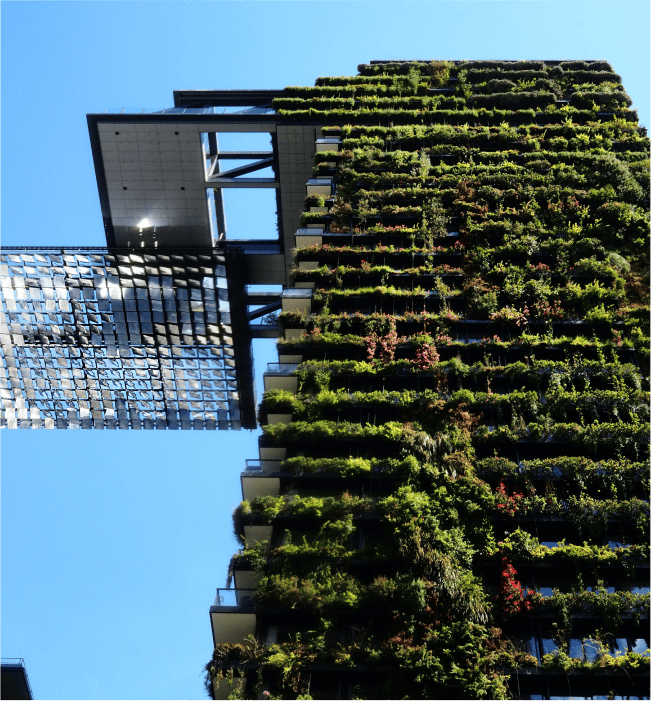
Organic facade soiling refers to the accumulation of organic materials, such as algae, moss, lichens, fungi, and other biological substances, on the external surfaces of buildings and facades.
We design cleaning regimes around the local ecology and meteorological influences specific to the region to help control these effects.
In relation to biophilic design, we have developed our own systems and work with partners which can introduce this type of ecology where appropriate for biodiversity.

This is a dedicated free service for the construction industry which helps mitigate potential loss and increase site safety. The aim is to provide those that build, manage and commission construction an opportunity to get ahead in readiness for inclement weather.
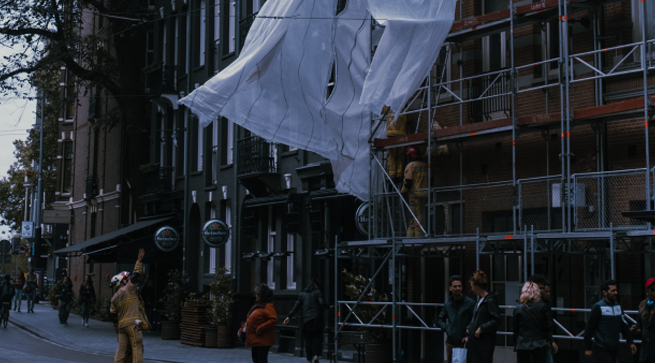
SITE-MET© is an early adverse weather warning service to aid the construction industry in the protection of personnel, material and plant assets.
We have developed this service so that all trades and disciplines can subscribe to an automated early warning facility which will send site operatives and clients protection measure guidance checklists specific to the impending climatic condition to a specific region.
Our objective is to provide helpful guidance by offering a system which reduces tasks and only induces readiness for inclement weather which can result in minor but also major delays. Personal safety, mitigating asset loss and loss of downtime is at the focus of the guidance.
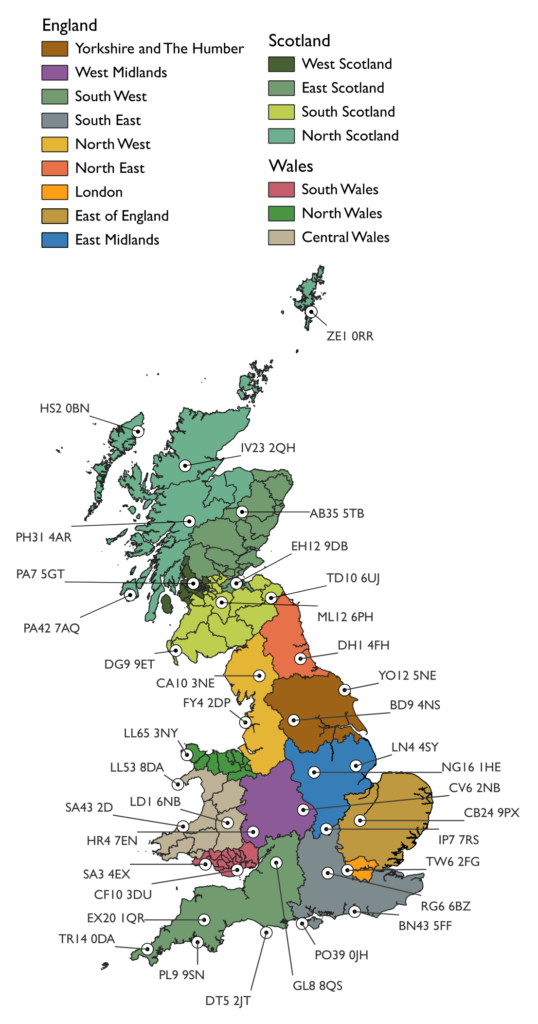

SITE-MET© is an early adverse weather warning service to aid the construction industry in the protection of personnel, material and plant assets.
We have developed this service so that all trades and disciplines can subscribe to an automated early warning facility which will send site operatives and clients protection measure guidance checklists specific to the impending climatic condition to a specific region.
Our objective is to provide helpful guidance by offering a system which reduces tasks and only induces readiness for inclement weather which can result in minor but also major delays. Personal safety, mitigating asset loss and loss of downtime is at the focus of the guidance.
